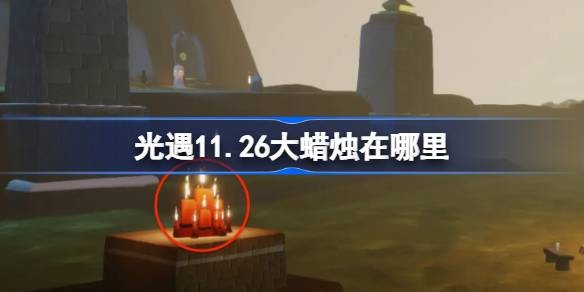Lost Meridian
Viruses
The free application "Viruses" is very friendly, it has a beautiful and simple interface. The best choice for a pocket dictionary that is always at hand. From which you can learn a lot of new and interesting things, for example, that:
Zika virus
Zika virus (ZIKV) is a member of the virus family Flaviviridae. It is spread by daytime-active Aedes mosquitoes, such as A. aegypti and A. albopictus. Its name comes from the Ziika Forest of Uganda, where the virus was first isolated in 1947. Zika virus is related to the dengue, yellow fever, Japanese encephalitis, and West Nile viruses. Since the 1950s, it has been known to occur within a narrow equatorial belt from Africa to Asia. From 2007 to 2016, the virus spread eastward, across the Pacific Ocean to the Americas, leading to the 2015–16 Zika virus epidemic.
Bayou orthohantavirus
Bayou orthohantavirus (BAYV) is a species of Orthohantavirus first identified in 1993 in Louisiana.
and later confirmed by other investigators.
In 1996, the marsh rice rat was identified as the natural reservoir of the virus,
indicating the virus to be widespread throughout the Southeastern United States. BAYV infection causes hantavirus pulmonary syndrome (HPS) and represents the second most common hantavirus in the United States behind the Sin Nombre orthohantavirus.
Nucleocytoplasmic large DNA viruses
The nucleocytoplasmic large DNA viruses (NCLDV), are an order of viruses that contain the Megavirales or giant viruses. There are nine families of nucleocytoplasmic large DNA viruses that all share certain genomic and structural characteristics; however, it is uncertain whether the similarities of the different families of this group have a common viral ancestor. One feature of this group is a large genome and the presence of many genes involved in DNA repair, DNA replication, transcription, and translation. Typically, viruses with smaller genomes do not contain genes for these processes. Most of the viruses in this family also replicate in both the host's nucleus and cytoplasm, thus the name nucleocytoplasmic.
Features:
• The dictionary works offline - you do not need an internet connection. Access to articles (descriptions) offline, without an Internet connection (except for photographs);
• Very quick search for descriptions. Equipped with a quick dynamic search function - the dictionary will start searching for words during input;
• Unlimited number of notes (favorites);
• Bookmark - you can add descriptions to your favorites list by clicking on the asterisk icon;
• Manage bookmark lists - you can edit your bookmark lists or clear them;
• Search History;
• Voice search;
• Compatible with modern versions of Android devices;
• Very efficient, fast and good performance;
• An easy way to share with friends;
• The application is very easy to use, fast and with extensive content;
• Automatic free updates every time new terms are added;
• The directory "Viruses" is designed to occupy as little memory as possible.
Features Premium:
✓ no ads;
✓ photos, images of access offline;
✓ Clear browsing history.
-

炉石传说31.2.2补丁更新内容
8.9 -

How is the original god Xitela Li? Introduction of the original god Xitela Li character
8.8 -

How to play the Collapse Star Railway on the eighth day? Introduction to the Collapse Star Railway on the eighth day
8.8 -

Where is the big candle in Sky: Children of the Light 11.26?
9.9 -

王者荣耀体验服12.18有什么更新
8.8 -

How to play Genshin Impact Twilight Seeking Spirit Weaving Scroll? Introduction to Genshin Impact Twilight Seeking Spirit Weaving Scroll activity
9.9 -

How to get the ciliates in S.T.A.L.D. 2: Heart of Chernobyl
8.9 -

How to play Genshin Impact: Twilight Soul Weaving
9.9 -

How about the original god Xitela Li
9.8 -

There is a house deep in the Peach Blossom Land. What Easter eggs are there in Langhuan Hua Pavilion? Introduction to the architectural Easter eggs in Langhuan Hua Pavilion
8.8






















